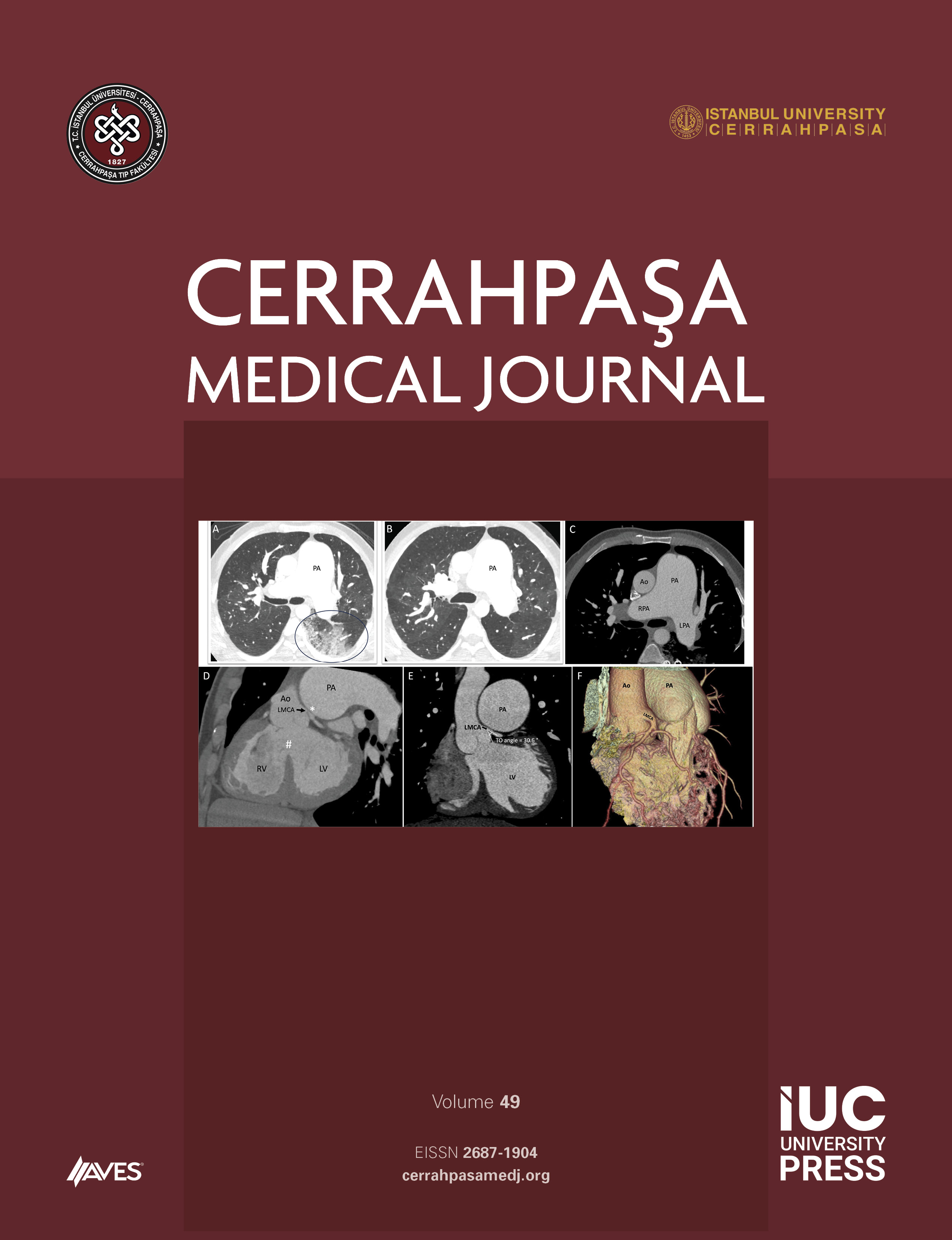Objective: This study aimed to describe a new fluoroscopy-assisted freehand distal locking technique in intramedullary nailing.
Methods: The efficiency of this technique was defined by comparing the results of patients with tibial shaft fractures. A total of 114 patients with closed tibial shaft fractures treated by intramedullary nailing were included in this study. The patients were evaluated in 2 groups. Group I included the patients operated with the classical fluoroscopy-assisted freehand technique (n=46), whereas group II included patients operated with the fluoroscopy-assisted freehand technique that we described (n=68). In group II, the technique we described included locking with the help of a grooved awl with removable handgrips.
Results: The rate of distal locking time to total operation time and the rate of radiation time for distal locking to total radiation time were compared. The total operation time and total radiation time were similar in both the groups (p>0.05). Distal locking time (Group I: 21.5±5.8 min and group II: 19.3±4.8 min) and radiation time for distal locking (Group I: 24.4±5.8 s and group II: 20.9±5.2 s) were shortened with the described technique (p<0.05). The rates of distal locking time to total operation time and those of radiation time for distal locking to total radiation time were also shorter in Group II (p<0.05).
Conclusion: We believe that the freehand technique, using the fluoroscopy-assisted grooved awl with removable handgrips, is efficient and can be easily applied with a reasonable distal locking time and radiation exposure.
Cite this article as: Seyhan M, Ülkü TK, Yüksel HY, Paksoy AE, Gereli A. A New Distal Locking Technique in Intramedullary Nailing. Cerrahpaşa Med J 2020; 44(3): 137-144.



